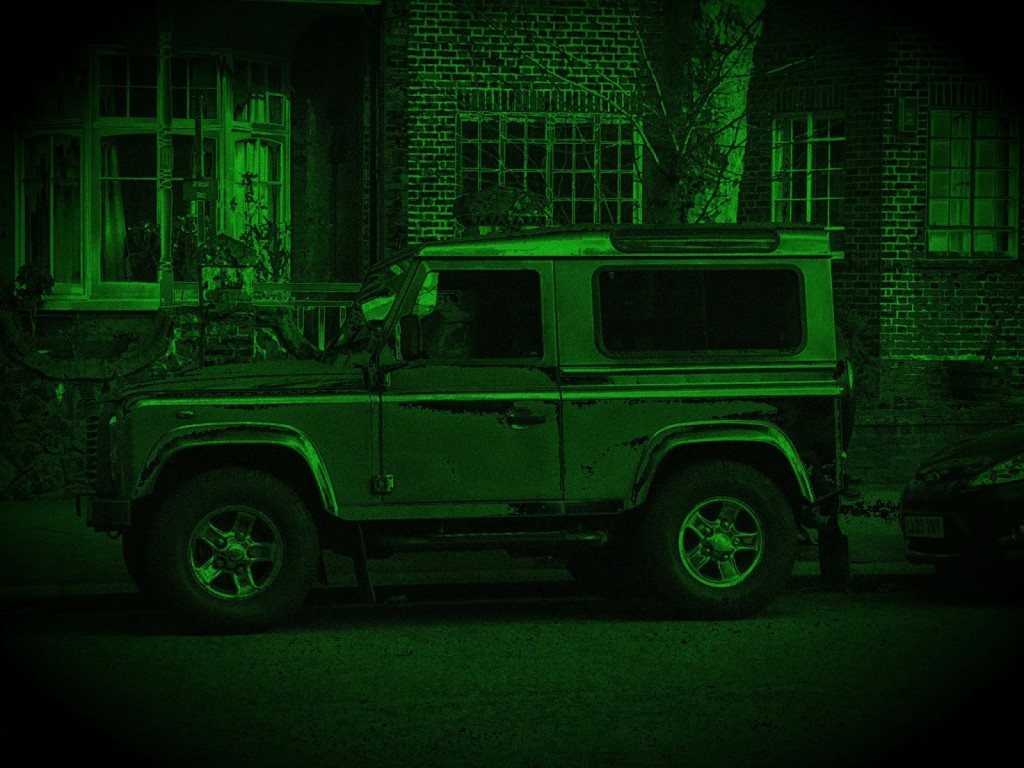I thought I would post something about last year’s Barricade Blog Tour, when it was my great privilege to produce a number of articles for the good and the great of SFF bloggery.
I think I most enjoyed writing those pieces which expanded the world of Barricade – adding a little more detail to Kenstibec’s shattered future Britain was a fun chance to revisit the story and flesh it out a little.
The first such blog, Kenstibec’s guide to the five main Barricades, is no longer available, so I thought I would reprint it here, along with a link to its companion piece, Four methods of travel in Barricade: Kenstibec’s guide, which appeared in Reader Dad – who also gave me this smashing review.
So here it is:
Five Barricades: Kenstibec’s guide
Kenstibec is the main character in Jon Wallace’s debut novel, “Barricade”. He is a member of the ‘Ficial’ race, a breed of merciless super-humans optimised for soldiering, engineering and other crucial roles. Their war on humanity has left Britain a wasteland, where Ficials gather in barricaded cities, besieged by tribes of human survivors.
Kenstibec earns his keep driving an armoured taxi from city to city. Below is his concise guide to the Barricaded cities, written for new taxi drivers: an essential aid for any cabbie planning a long haul trip in his world.
1. Edinburgh
Population: Largest in what’s left of Britain. Almost four hundred Ficials of various optimisation. Includes Sixteen Soldier Models, who spend most of their time skinning and scalping people – not the best company. Rick, a Mechanic Model, runs the finest garage around from a large bunker under Leith Walk. Edinburgh also has the largest concentration of Pleasure Models.
Barricade: Built under battle conditions, Edinburgh’s fortifications are a patchy mess of welded car wrecks, debris mounds, staggered entrenchments and mined bogs. A large human army lays siege, armed to the teeth and very bad tempered, which makes entry and egress troublesome. Still, with all the Soldier Models the barricade is efficiently defended and has never suffered a significant breach.
Things to see: The city was left largely untouched by the nuclear strike and suffered little fallout, but the local tribes have shelled it back to the stone age. James Craig’s elegant New Town is now nothing but a pockmarked, moon-like surface. Little to see but sandstone rubble and the curiously intact National Monument.
Accommodation: generally poor. Arthur’s Seat and Castle Rock have been partly excavated, but power and communications are intermittent, it’s damp, and works remain incomplete. Most stay in Leith flak towers. Views over the Barricade if you have the right goggles.
2. Leeds
Population: Around one hundred, nearly all engineer and mechanic models. They were originally there to complete some poorly conceived High Speed rail link, then fortified the city after the bomb dropped.
Barricade: Effectively one large rampart cutting through Headingley and then tracing the line of the old ring road. If you ask me it’s flawed. Has been breached a number of times by raiding parties. Populace are insufficiently vigilant – they just sit in the station and play with their trains.
Things to see: There are still some surface buildings left intact, the local tribes apparently discerning about what they destroy. Bridgewater Place has been shot to pieces but the Corn Exchange and Town Hall are largely intact.
Accommodation: Lodgings available in the single large bunker, but I’d recommend staying over ground in the Great Hall of Leeds University, surrounded by Burmantofts glazed terracotta – from the days when people did something useful with their time.
3. Liverpool
Population: Barely fifty permanent residents: all crew and mechanics from the Rig maintenance station Control built there. Sprinkling of Soldier Models.
Barricade: The smallest besides Brixton, but formidable: a five-storey construct of debris packed in reinforced concrete, wound tight around The Pier Head. Frustratingly there’s a weak point: the Leeds-Liverpool canal, which some models swim to commute between the barricades: a needless and dangerous chink in the armour.
Things to see: The local people are curiously divided: two tribes live apart, each based in a rotting stadium. They frequently attack each others’ camp. Fights can be worth a watch from the Liver Building roof.
Accommodation: Good – beds are cheap in Cunard Building, which is very rarely hit by local attacks. Palatial Italian living in the North of England.
4. York
Population: Around 200, the most mixed group around.
Barricade: Best built by far, as there were no people around to interfere during construction. A solid, twenty-storey ring around the city based on A64 and A1237 roads. Easily the quietest barricade and a good place to go for a rest and refuel, especially if your cab is a mess.
Things to see: The great Humber Floodplain lies to the south, offering views of the island that was once Lincolnshire. Scuttling around York barricade you’ll find some creatures the size of horses, but I wouldn’t try riding them.
Accommodation: Excellent, with easily the best food around. Plentiful supply has allowed chemist models to diversify into cooking. They’ve gotten pretty good at it.
5. Brixton
Population: Unknown. Control is supposed to be in there somewhere, but I have my doubts. Those Models I have seen refuse to interact with visitors. The birthplace of our race, yet hardly a model of Ficial solidarity.
Barricade: Well built, but sits at heart of fallout zone on the stinking Thames floodplain. Vast, well-armed and vicious tribes surround it, making approach even harder.
Things to see: Plenty, but you’re not allowed into the factory, training or bunker spaces. Brixton itself remains virtually intact on the surface, and I guess you could pass some time picking through the ruins – if traipsing around a freezing, irradiated time capsule is your thing.
Accommodation: Unavailable. Locals don’t let you stay, or at least they didn’t the last time I was there. Have a campsite in the Home Counties planned. I hear Surrey is nice at this time of year.
